Destination guide for Munich’s Alte Pinakothek.
History
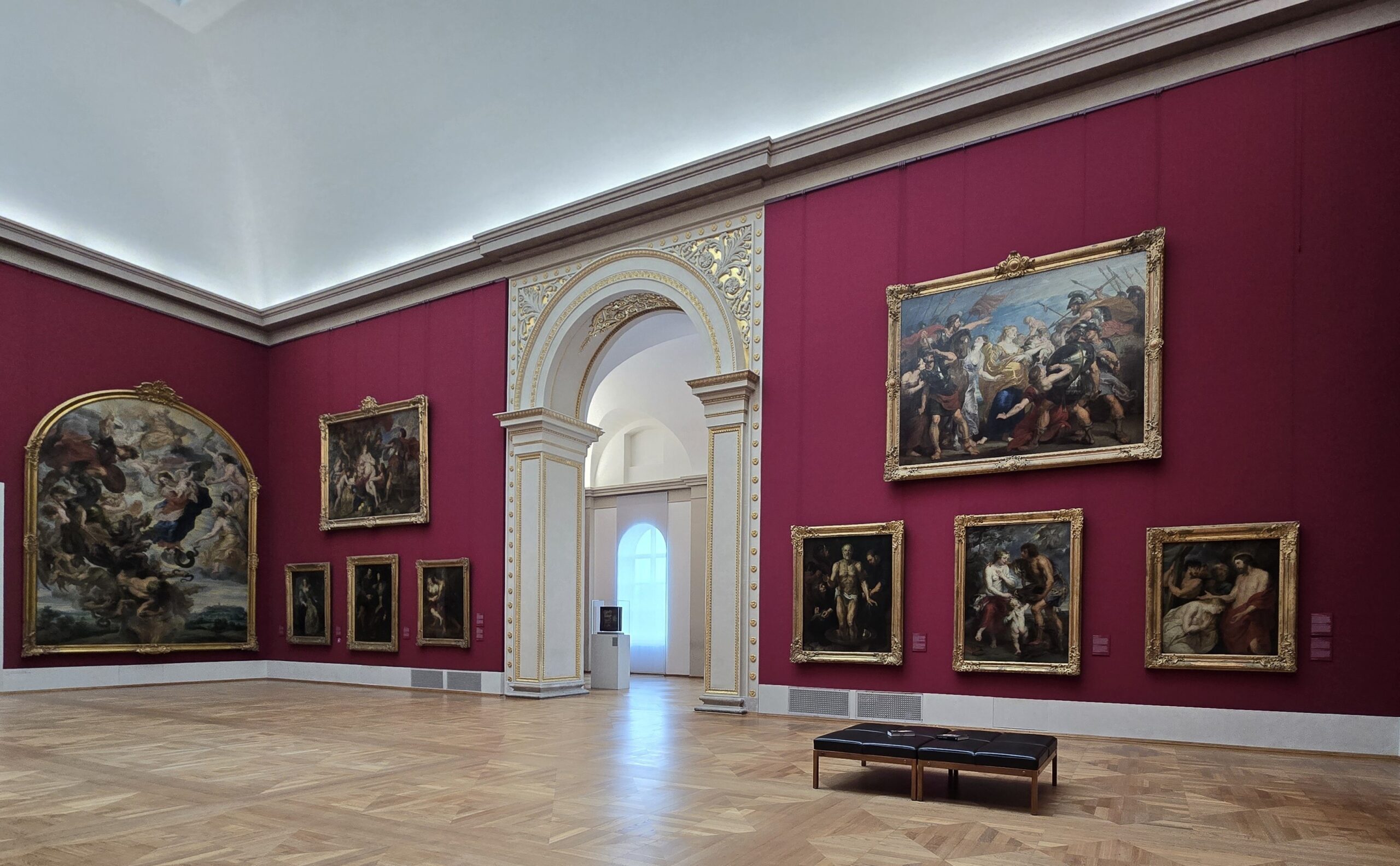
The members of the House of Wittelsbach (former Bavarian ruling dynasty) were avid art collectors, starting with Duke Wilhelm IV in the 1500s. Over the centuries, their art collection grew through acquisitions and inheritances and then further expanded during a period of secularization (1800s), when artwork belonging to religious institutions was given to the state. To accommodate this ever-growing collection, King Ludwig I of Bavaria commissioned the construction of the Alte Pinakothek, which was built between 1826 and 1836. Today, the Alte Pinakothek houses one of the world’s largest collections of European paintings from the 14th through the 18th century. It displays over 700 paintings, including important works by the German artist Albrecht Dürer and the Flemish painter Peter Paul Rubens.
Visiting the Alte Pinakothek
I love art museums, especially those featuring works from the Old Masters, so the Alte Pinakothek was one of my must-see sites in Munich. It is located in the Kunstareal, an area of Munich filled with museums and other historical points of interest. I really enjoyed my visit to this museum, and I highly recommend it to travelers. The Alte Pinakothek had some great works of art, was well-curated, and the galleries were easy to navigate.
The museum displays its collection over two floors, with the 2nd floor housing most of the art. On the 1st floor are several galleries with temporary exhibits, plus a cloakroom, lockers, café, and shop. To navigate the museum, visitors can use a pamphlet that has a map of the galleries or visit, at no cost, a website that offers both a digital map and various audio tours. You can select a tour that covers the highlights, or you can pick one that allows you to explore paintings by themes such as Tell Me About Love, Bon Appétit, and much more.

If you are interested in hearing the audio tours, you must bring your own set of headphones or earbuds, as the museum does not provide them.
My visit to the Alte Pinakothek was the perfect way to spend a cold, dreary morning in Munich! I spent about two hours exploring the galleries, during which I saw most of the upper-floor exhibits as well as the From Turner to van Gogh exhibit on the ground floor. The crowds were minimal that Saturday morning, but as I was leaving the museum around 12:30 PM, I noticed a line at the ticket desk and clockroom.
The best ways to get to the museum are by public transportation, taxi, or rideshare, as parking can be limited. I took trams 17 and 28 from my hotel, located near the Viktualienmarkt, and it took about 25 minutes.

You can reach out to the museum staff at the front desk concerning cab service, and they will arrange for one to pick you up.

The museum has a strict bag size limit: Anything larger than 30 x 20 x 10 cm must be left at the cloakroom or one of the lockers. The lockers require a 2€ deposit, and it must be exact change.

On Sundays, admission is just 1 Euro! It is a great budget-friendly way to enjoy an excellent art museum.

The Alte Pinakothek is accessible, and for those who cannot stand or walk for extended periods of time, some of the galleries on the upper floor have benches.
Special Exhibit
As the Neue Pinakothek undergoes major renovations, some of its most significant works are now on display at the Alte Pinakothek. This was a pleasant surprise as the exhibit included paintings from the Impressionists, whose artwork I love!
Travel Tip
Located in the Kunstareal, the Alte Pinakothek is surrounded by wonderful museums that exhibit art, antiquities, technology, and so much more. I highly recommend that if you have time, you try to stop by one of the other museums during your visit to Munich. After exploring the Alte Pinakothek, I crossed the street and headed to the Staatliches Museum Ägyptischer Kunst (State Museum of Egyptian Art), which was an incredibly fascinating museum!!
Resources
For additional information, visit the Alte Pinakothek website.

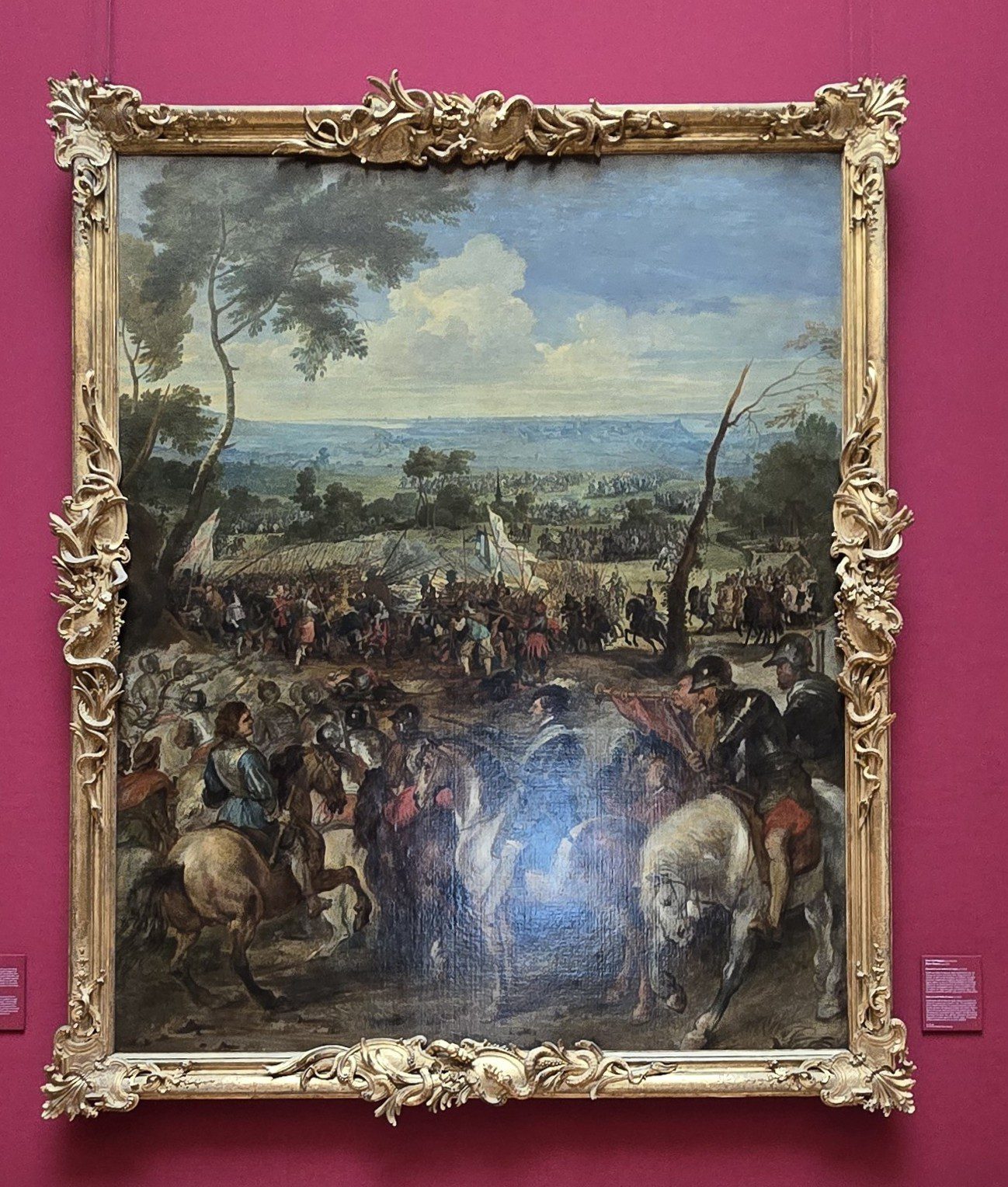
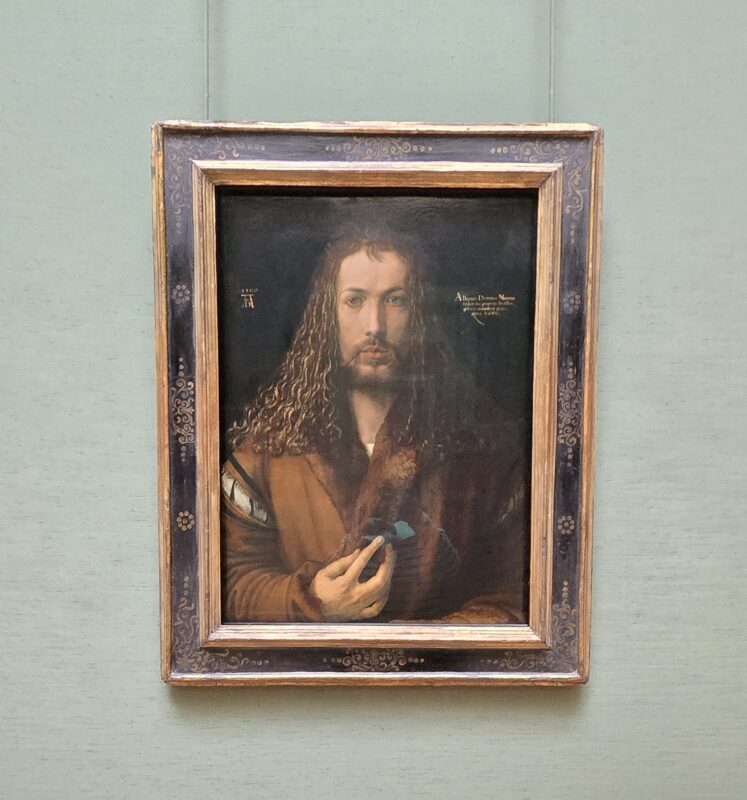
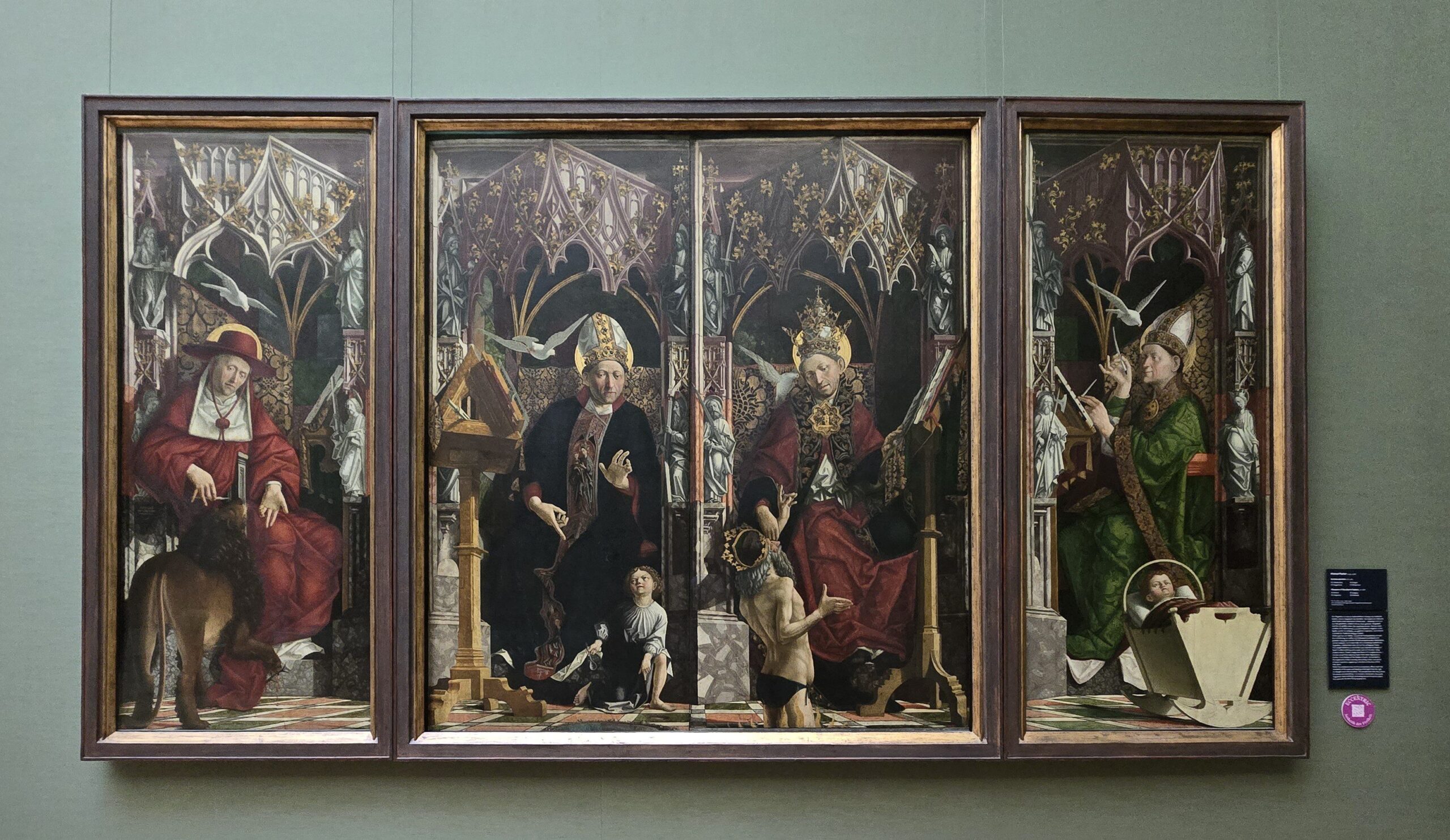
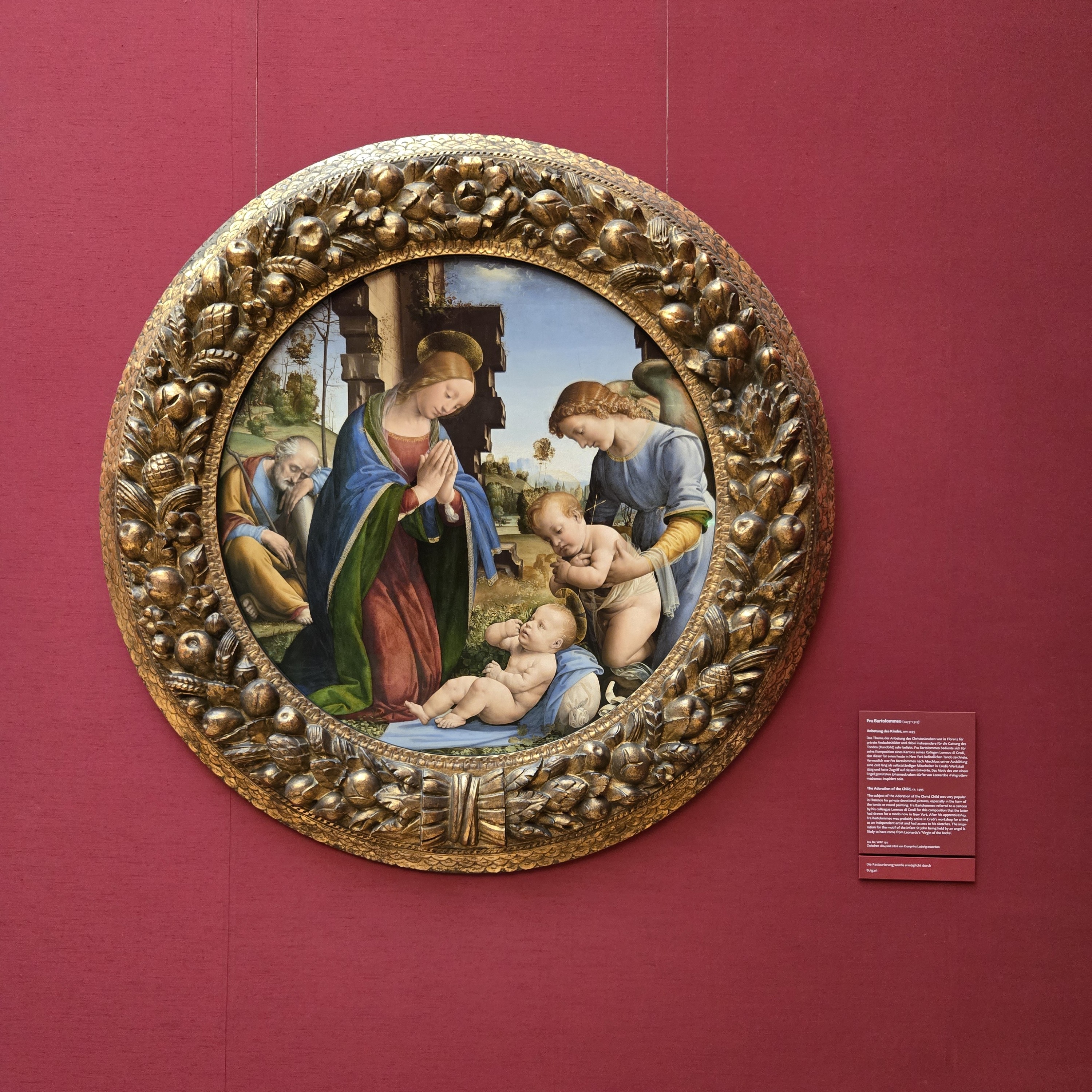
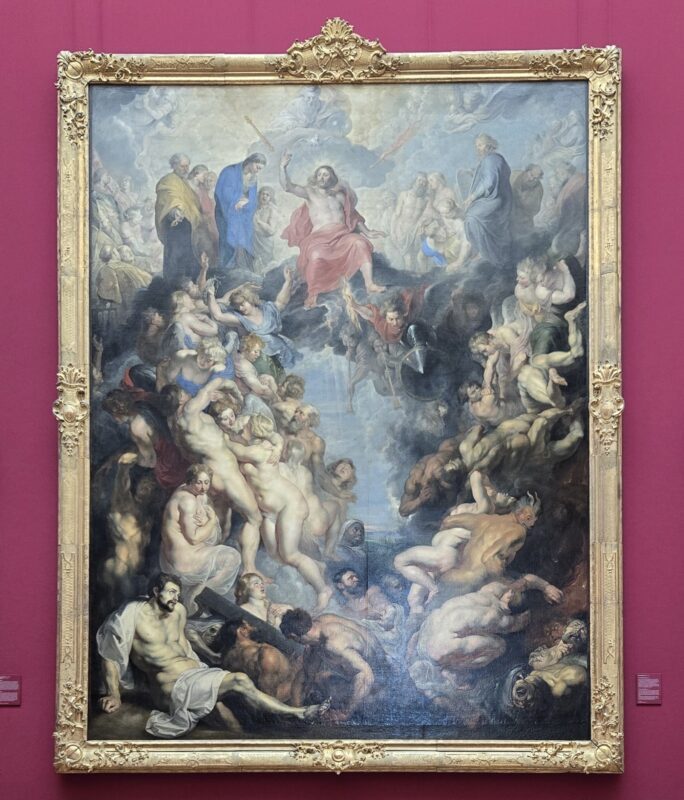
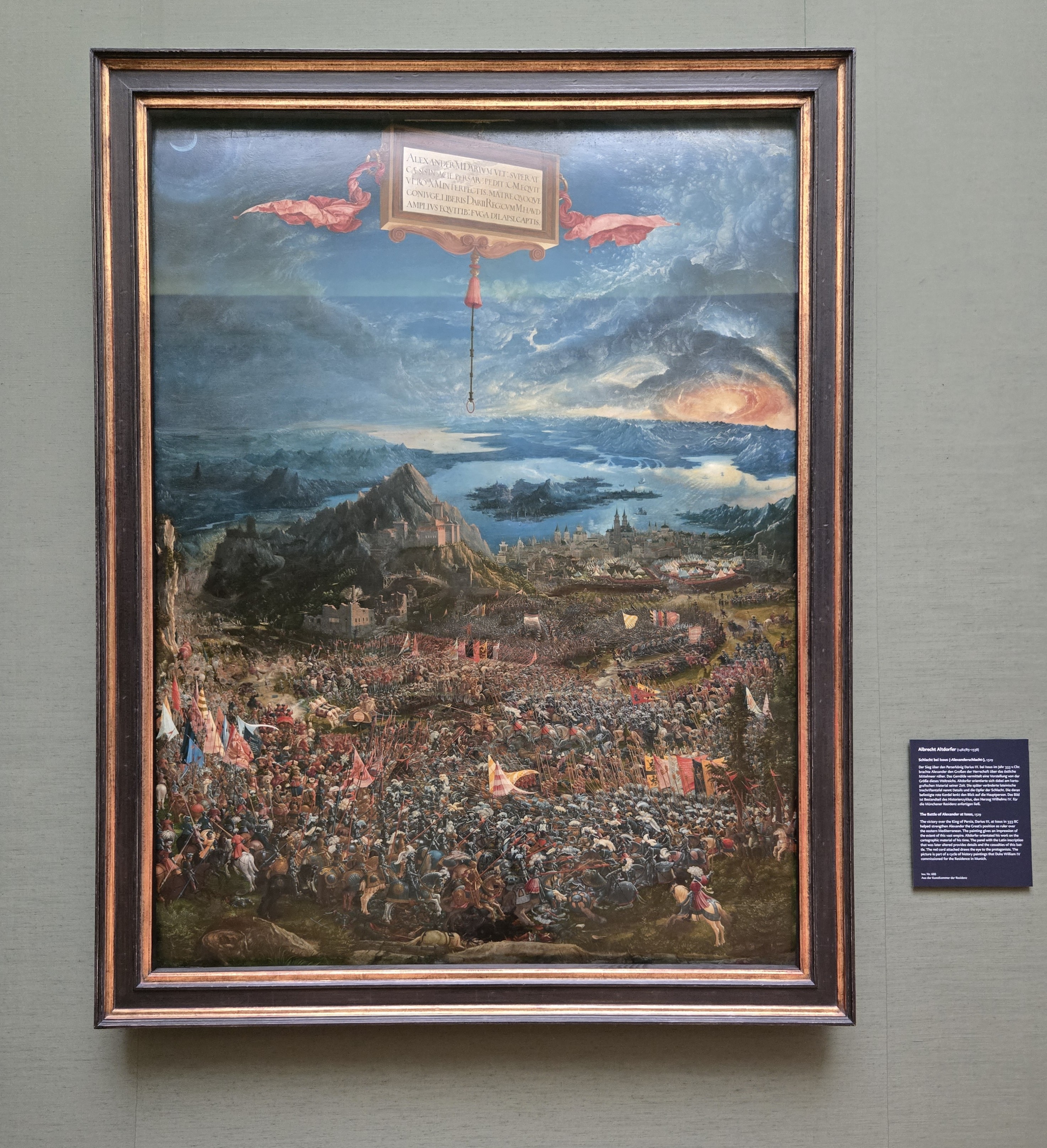
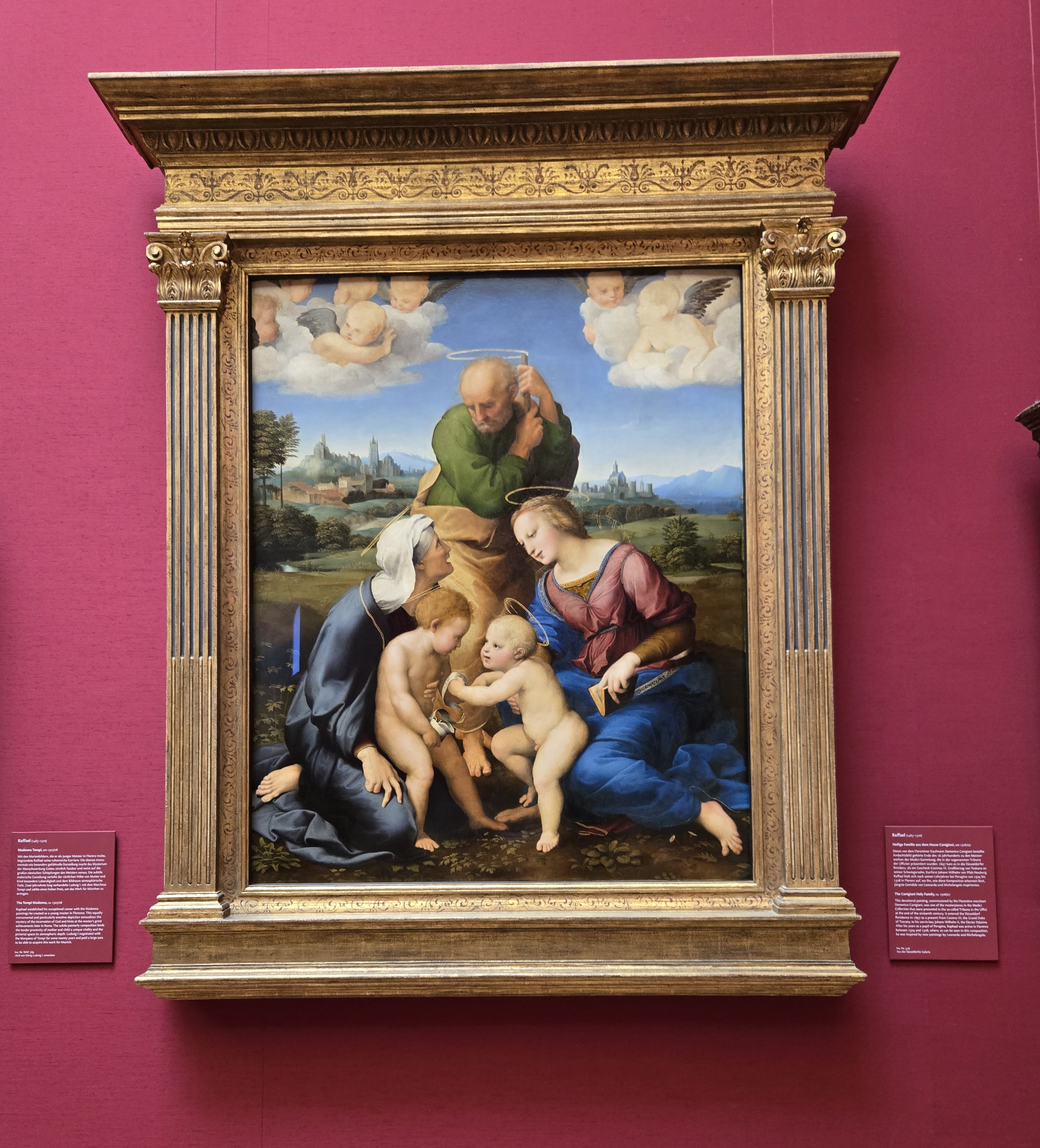
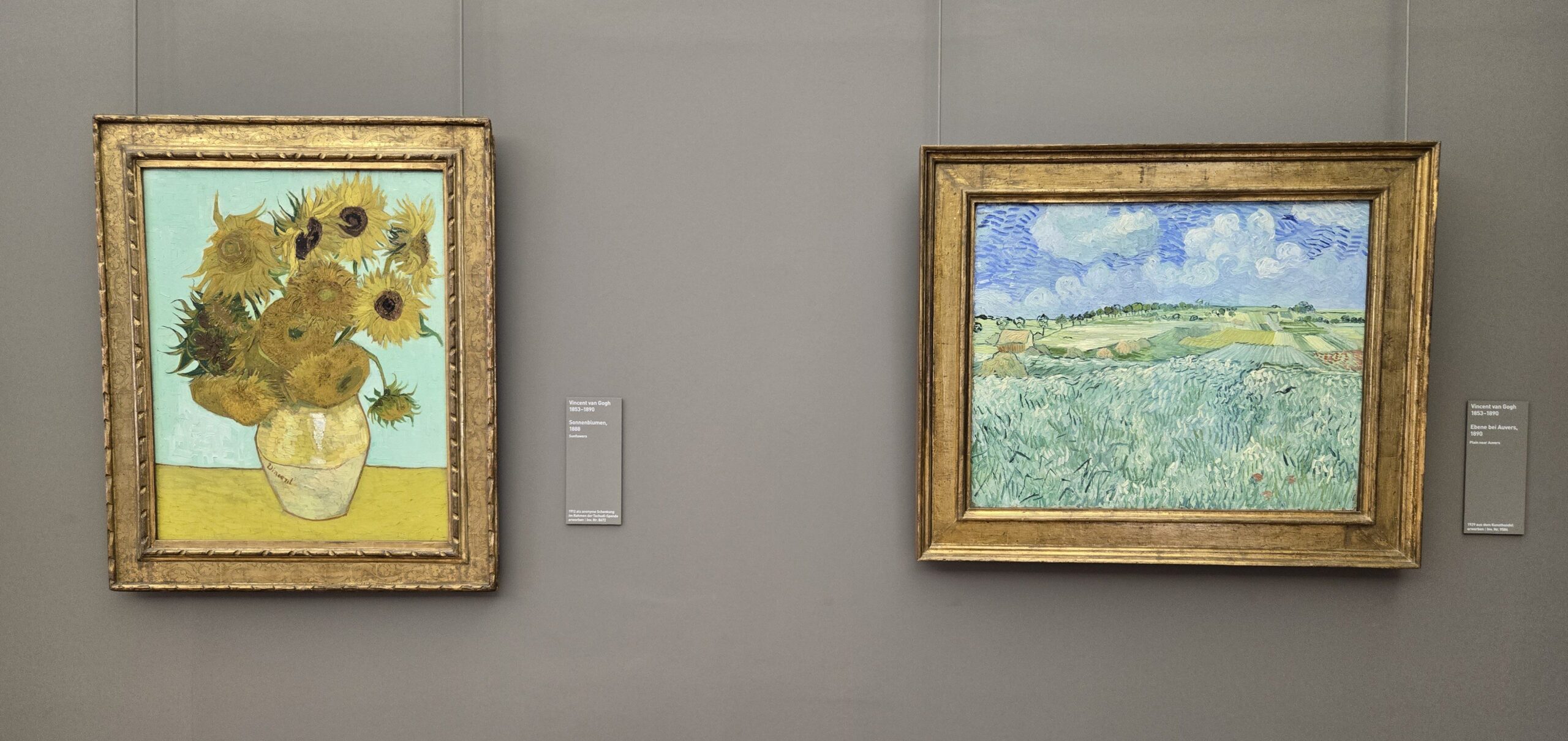
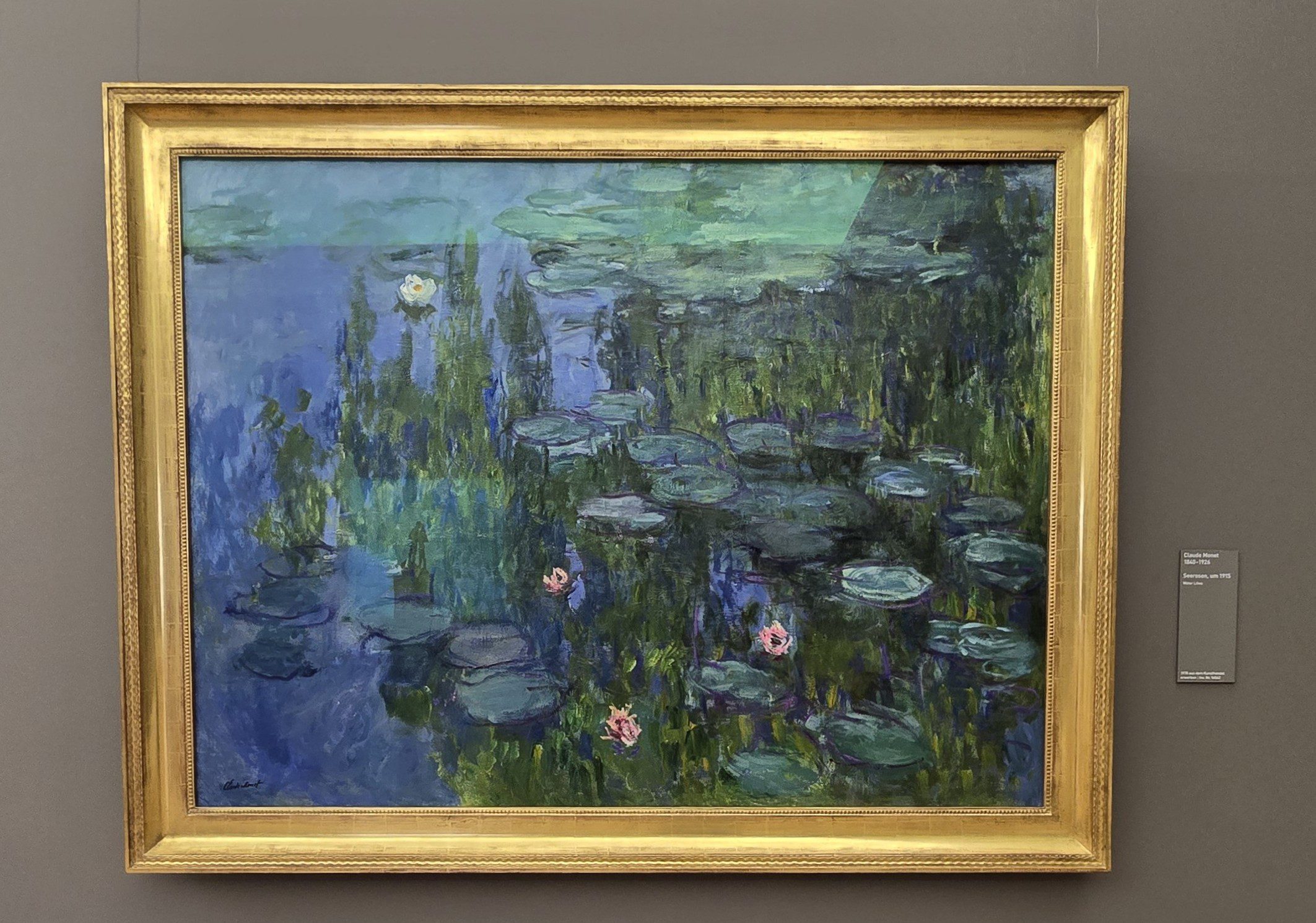
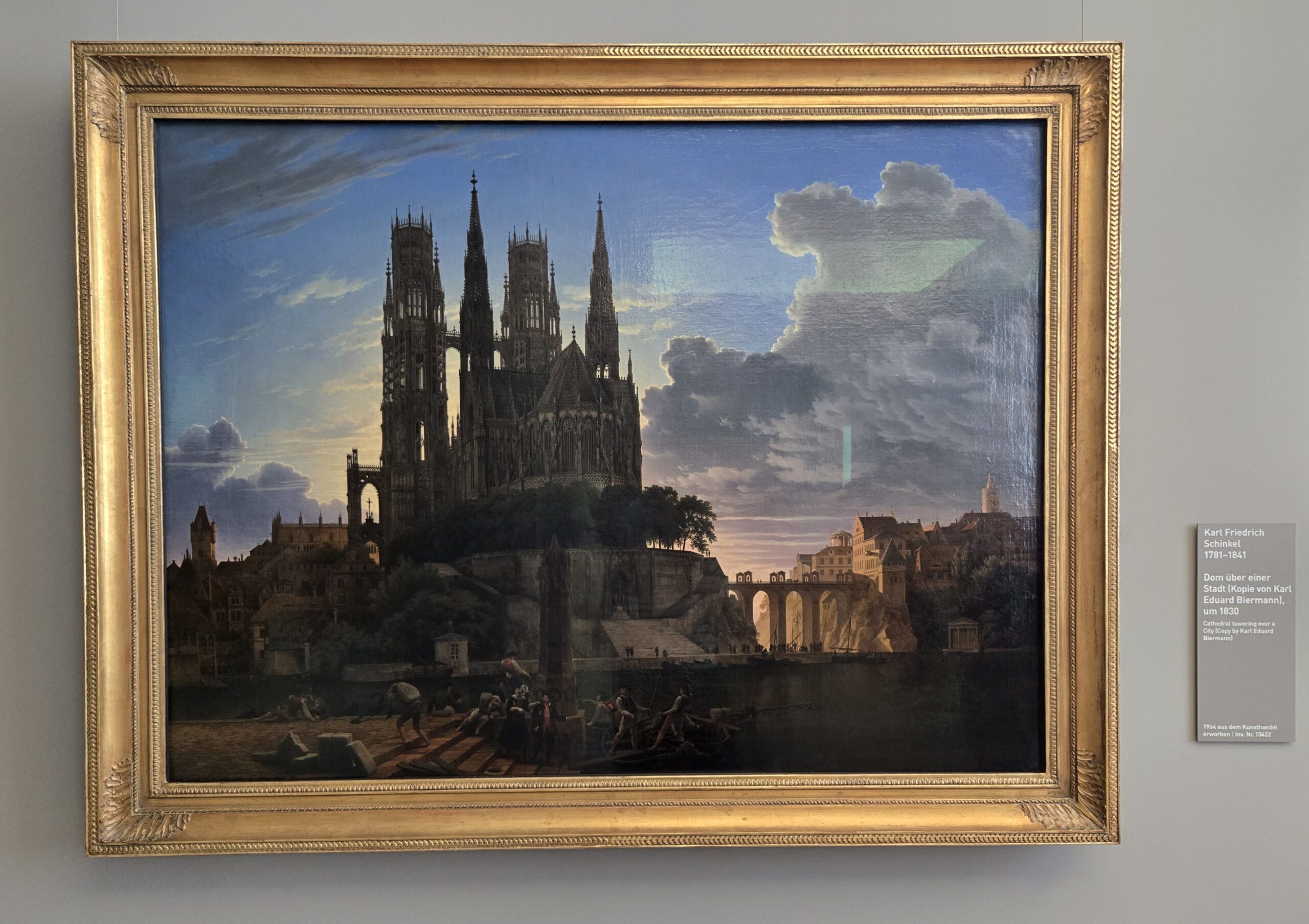
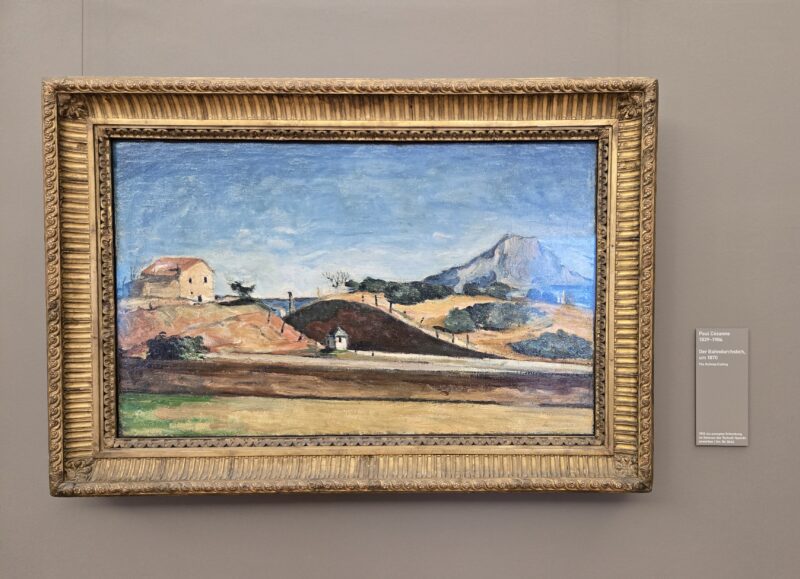
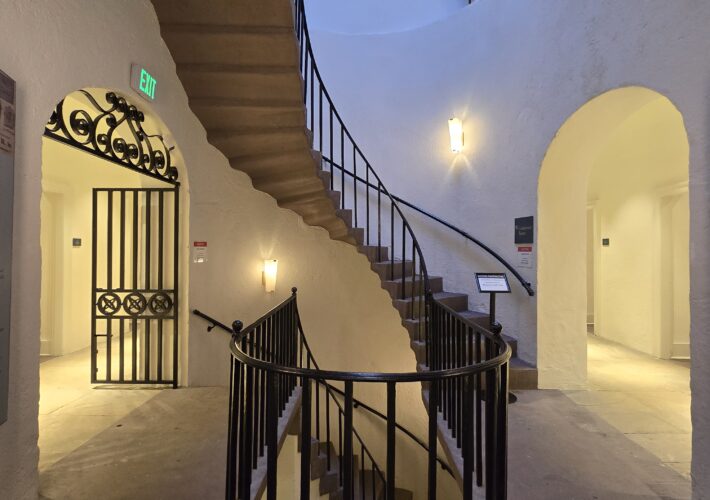
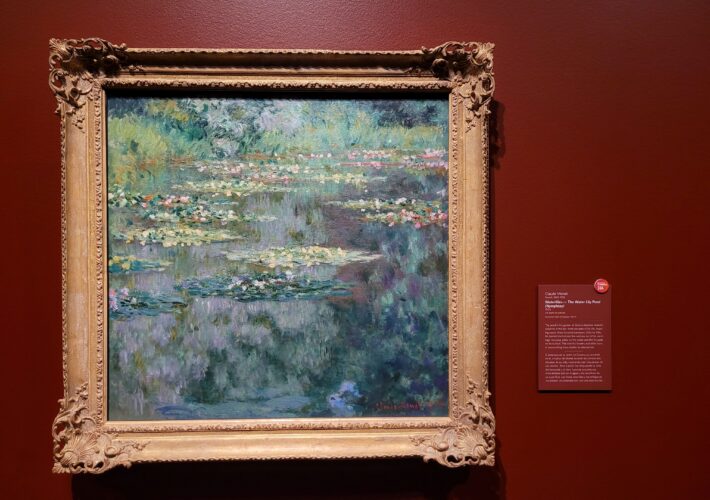
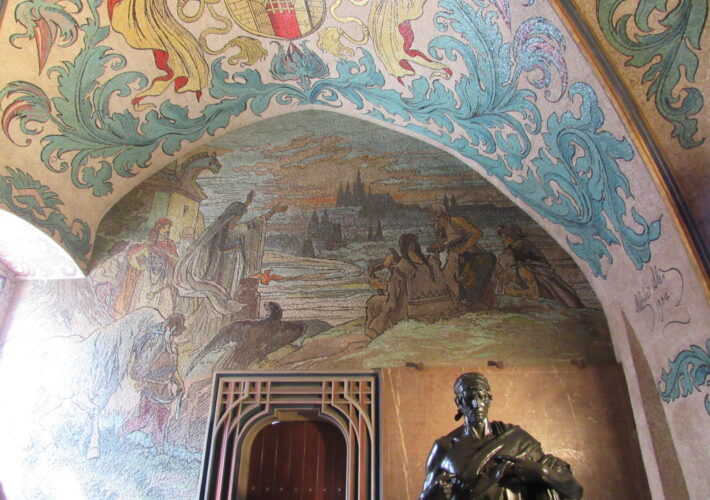


Leave a Comment